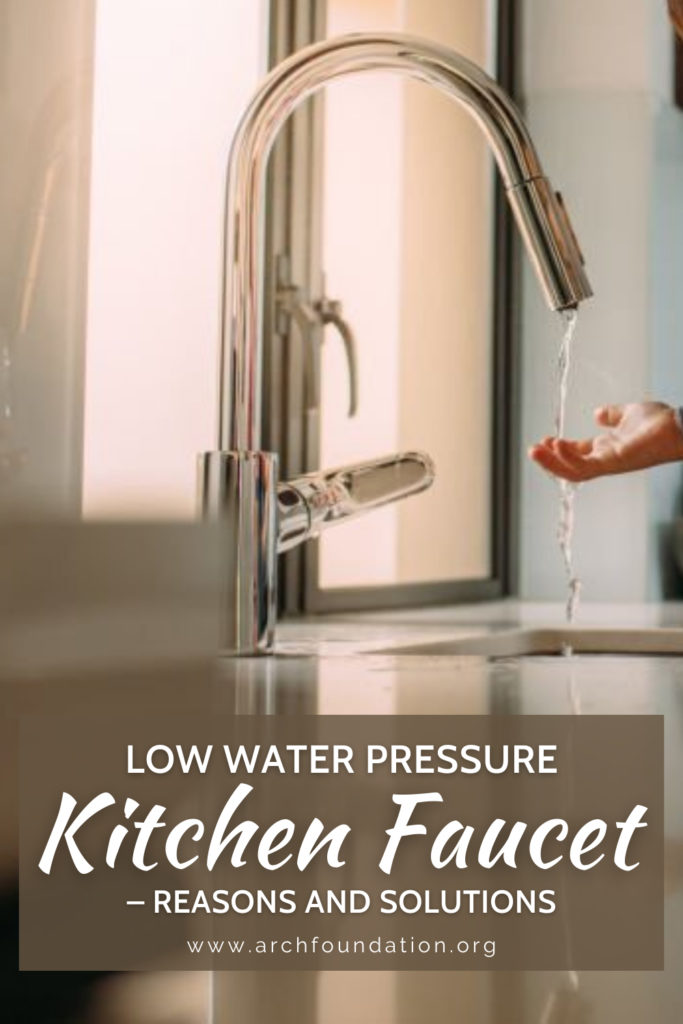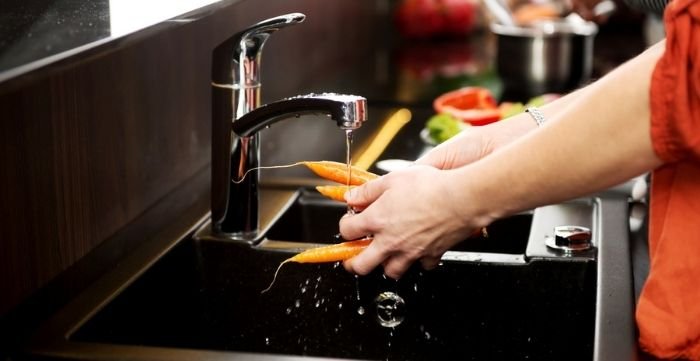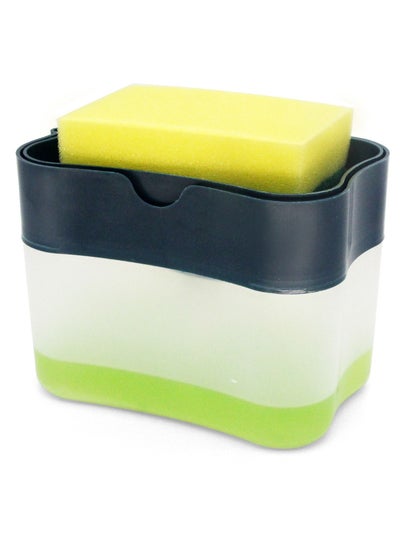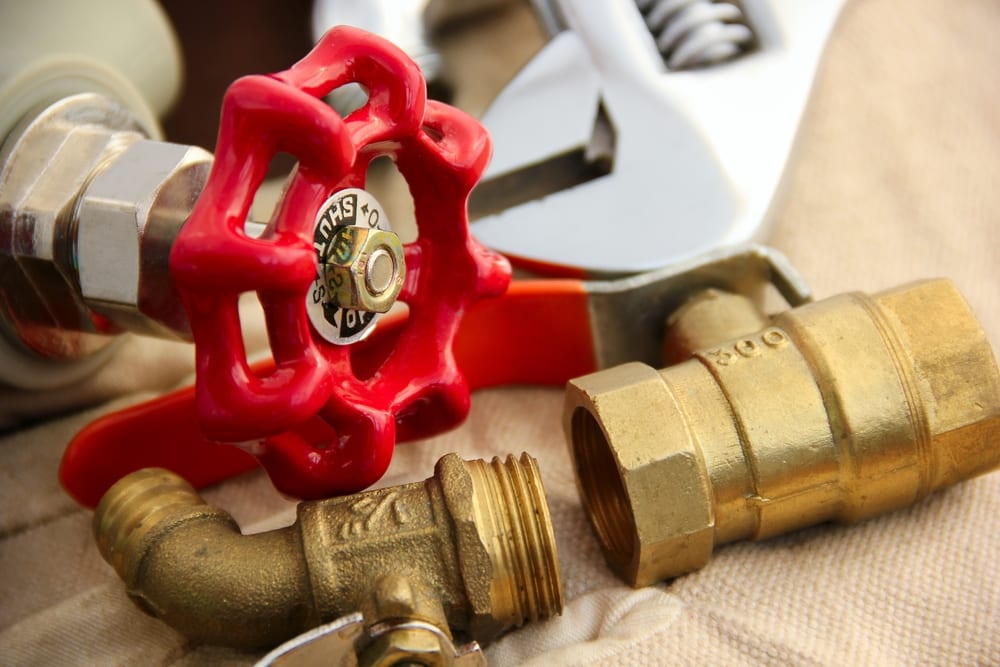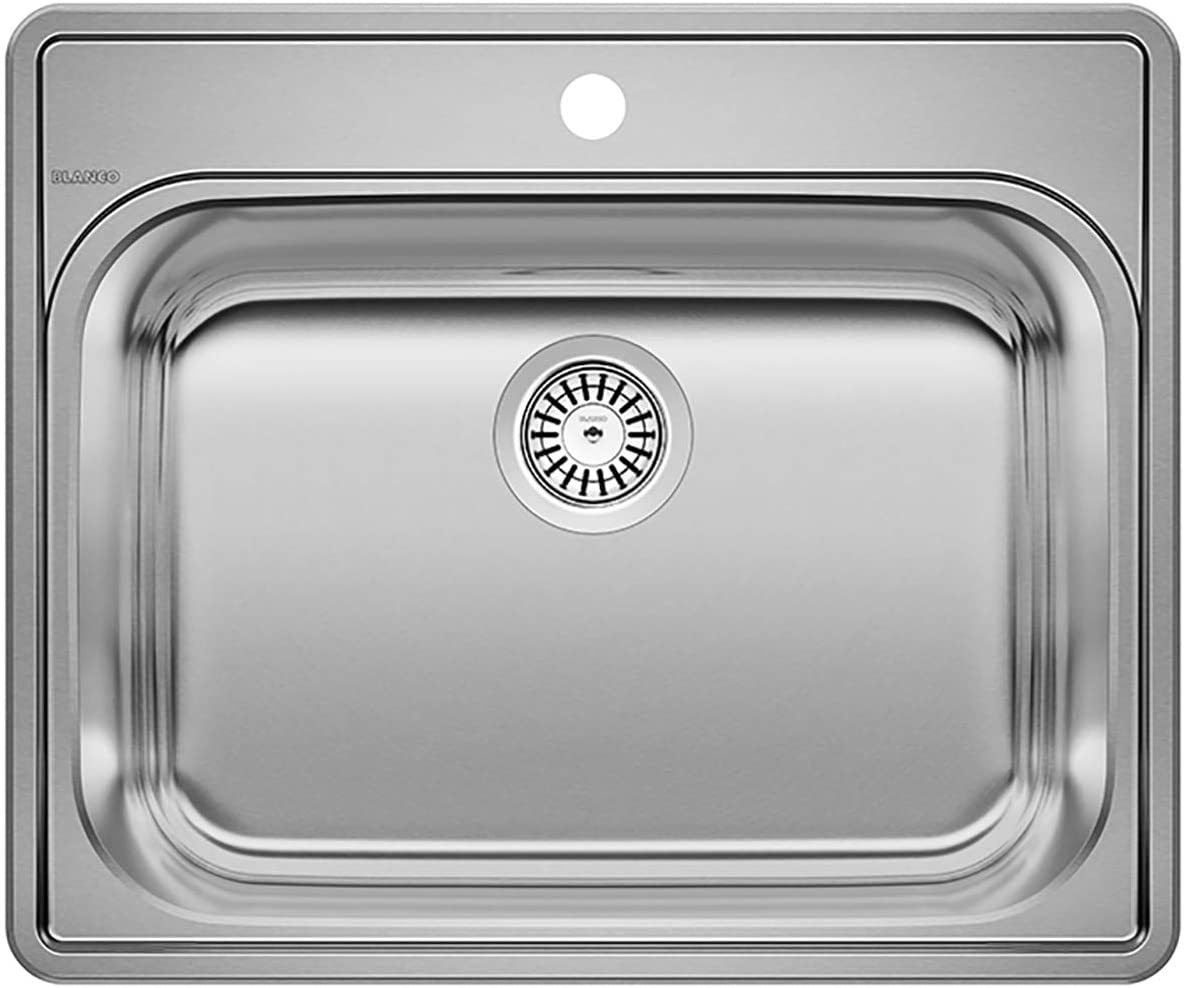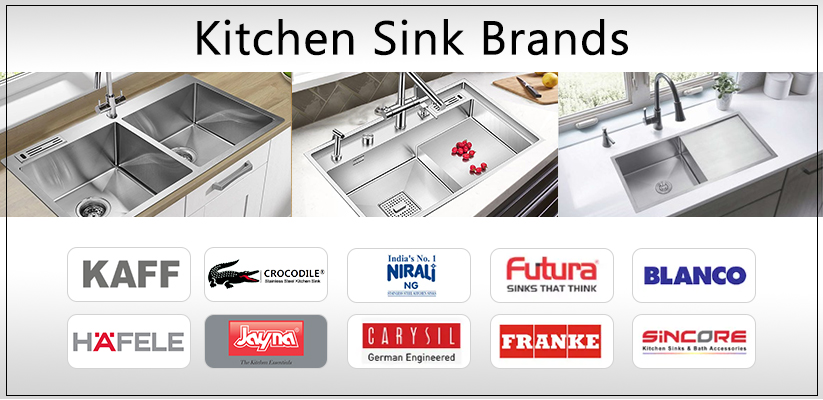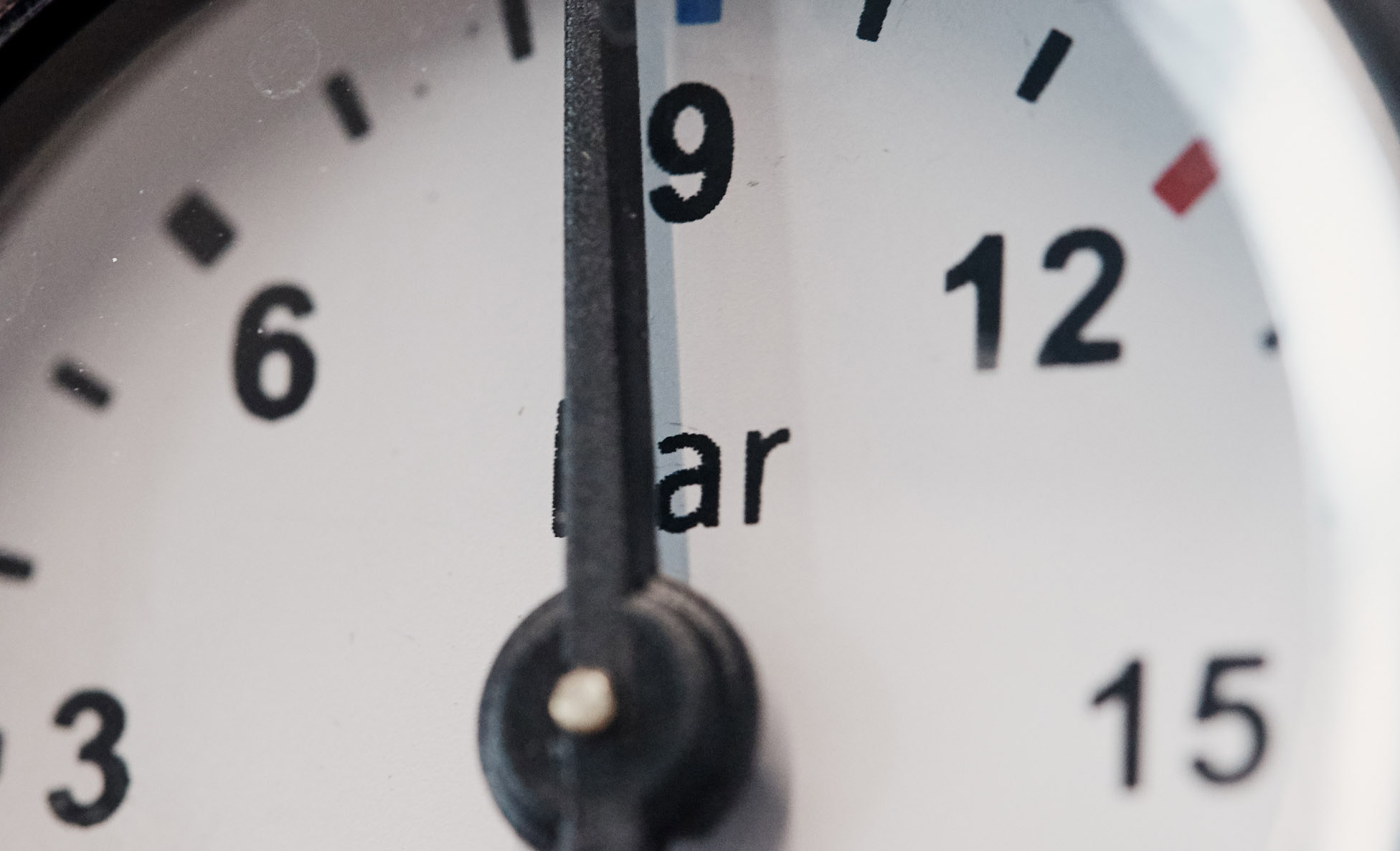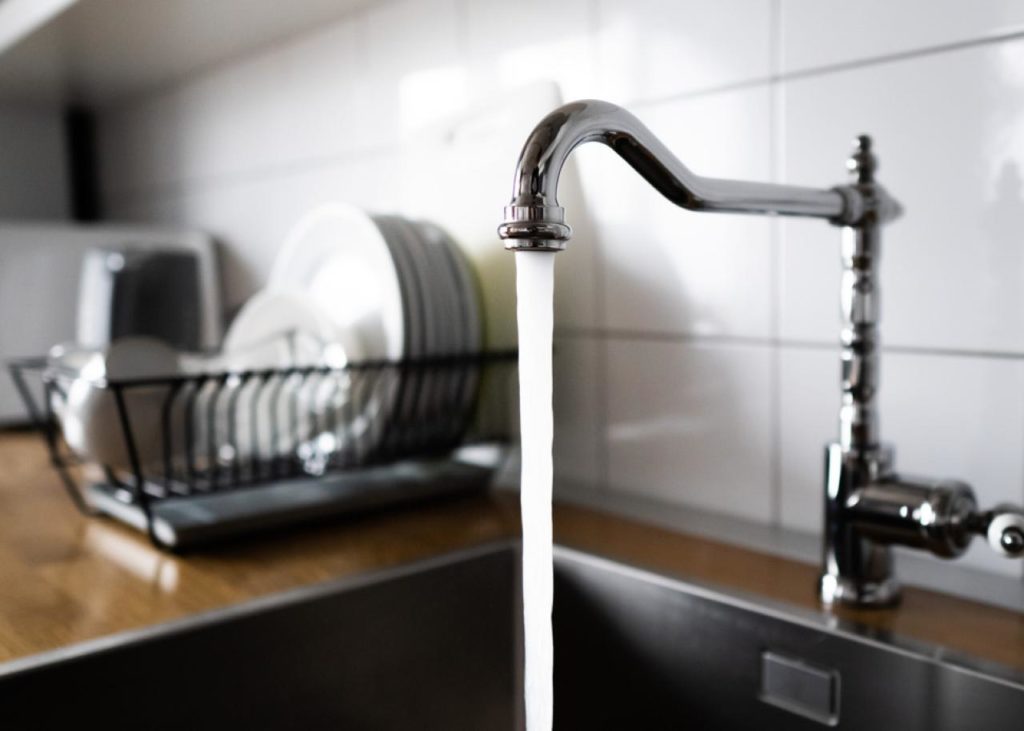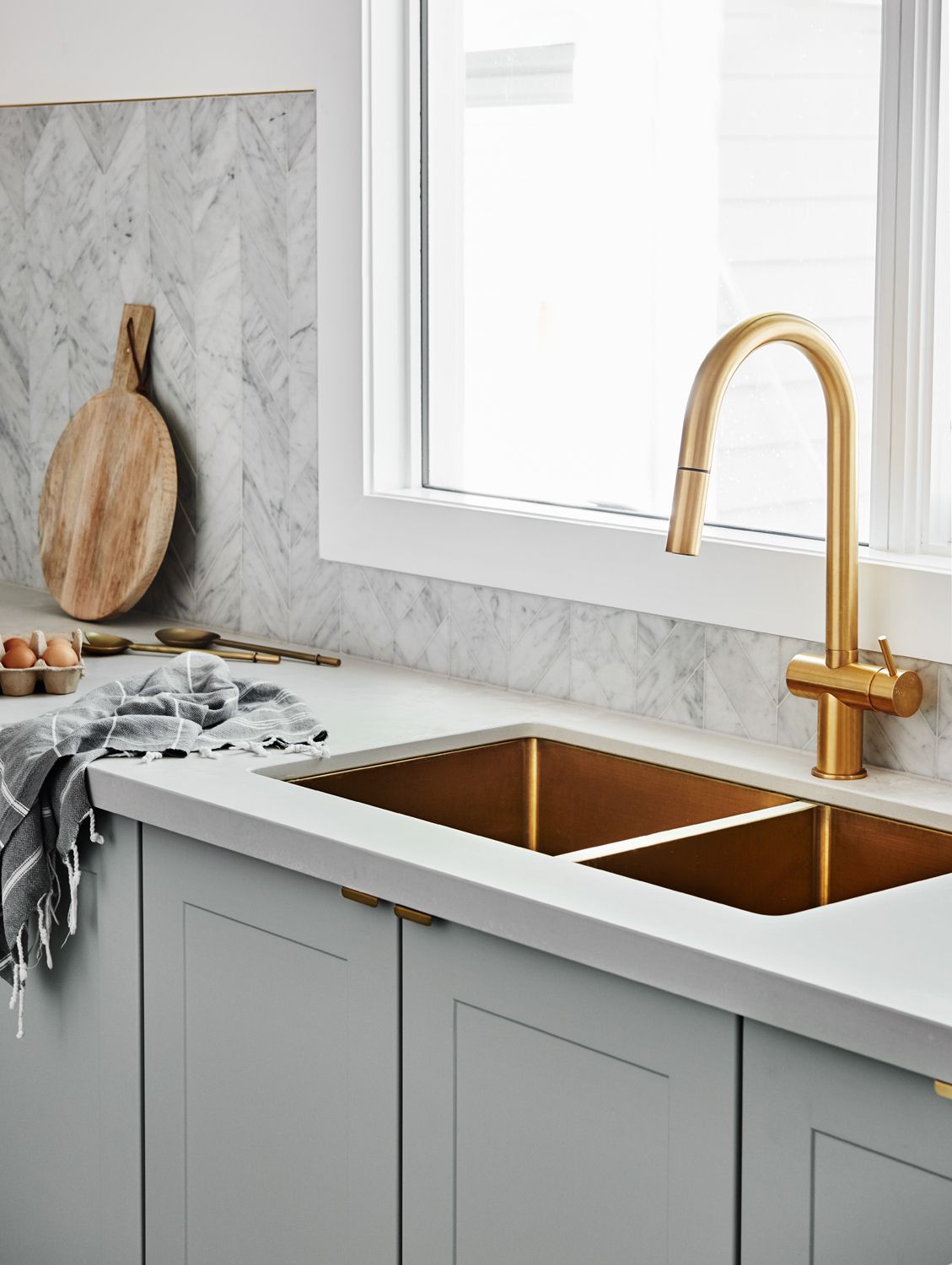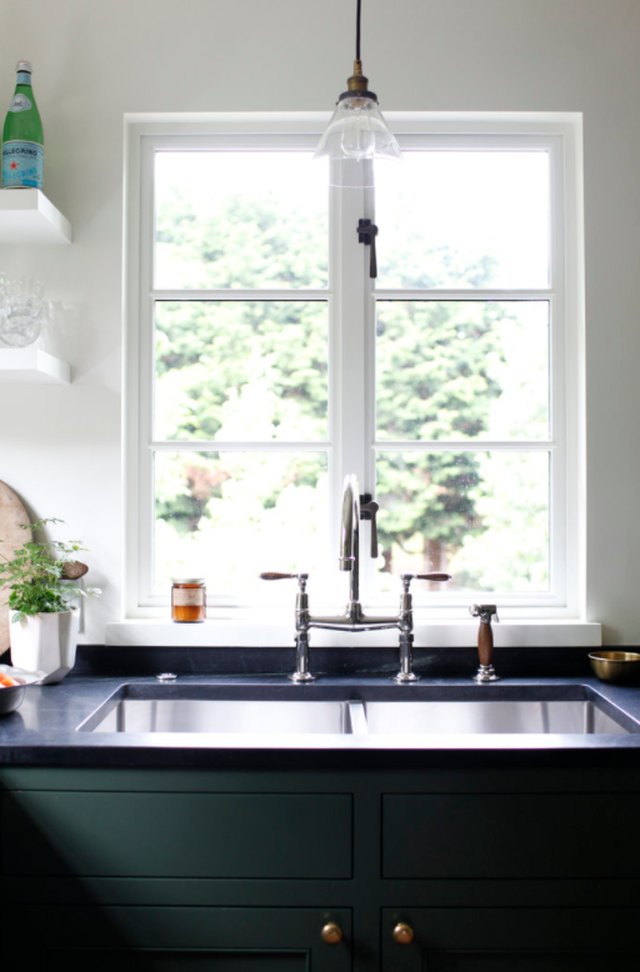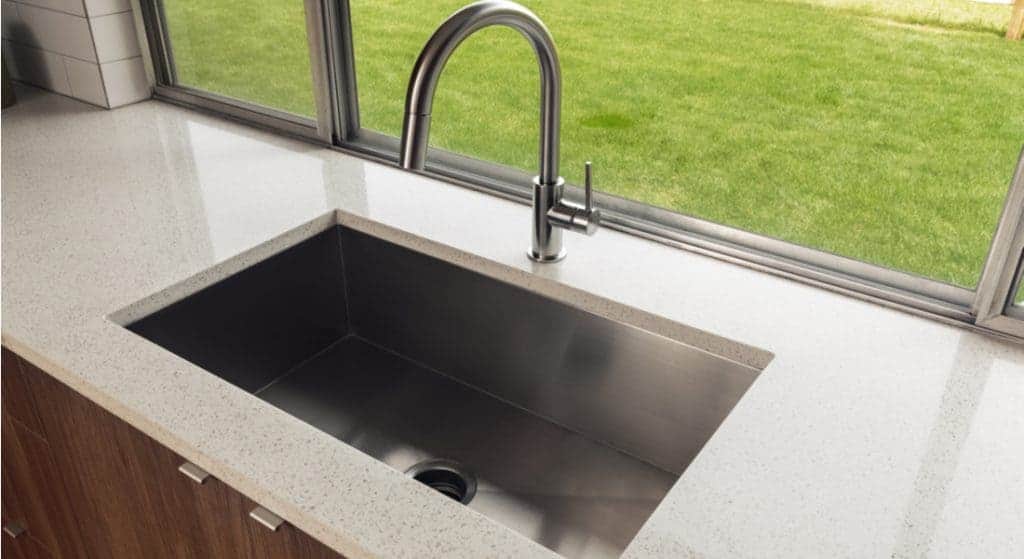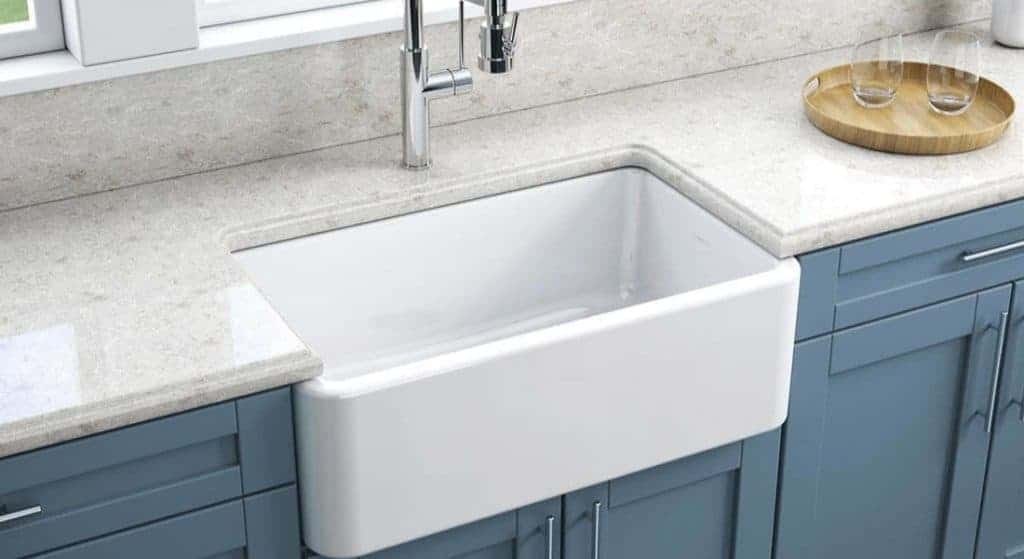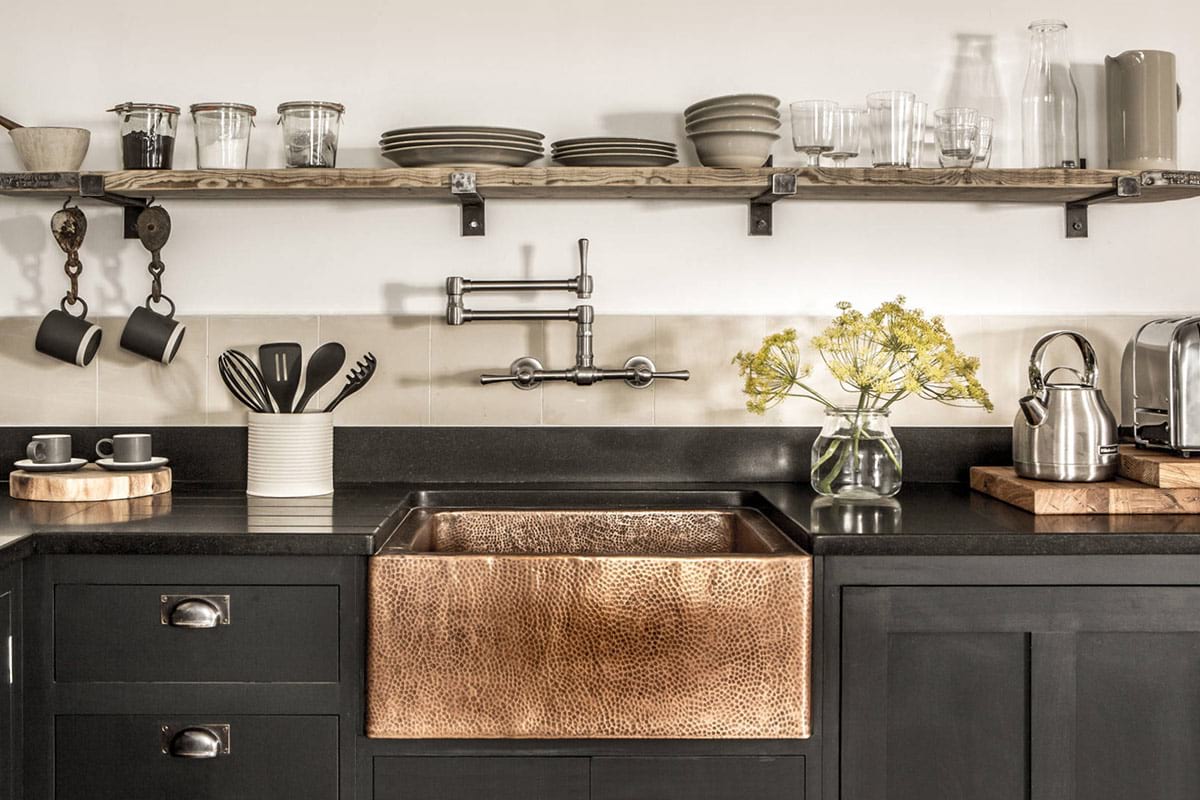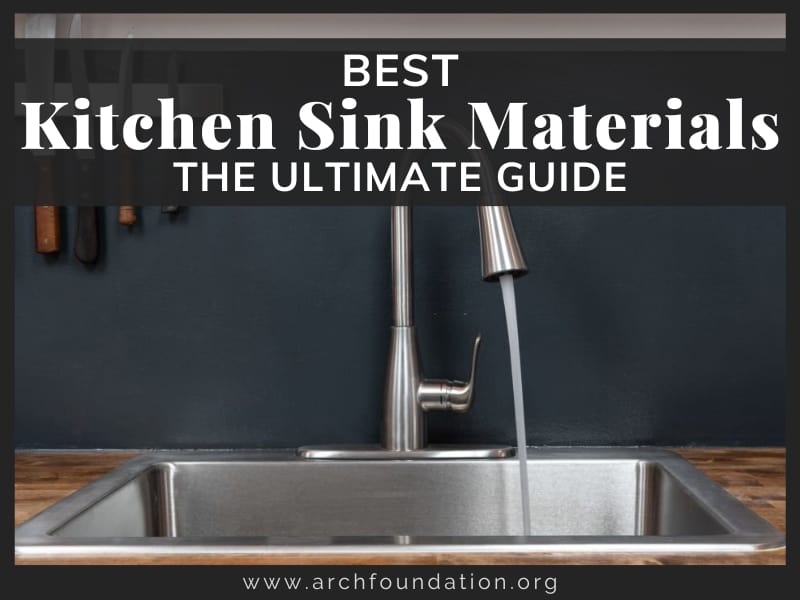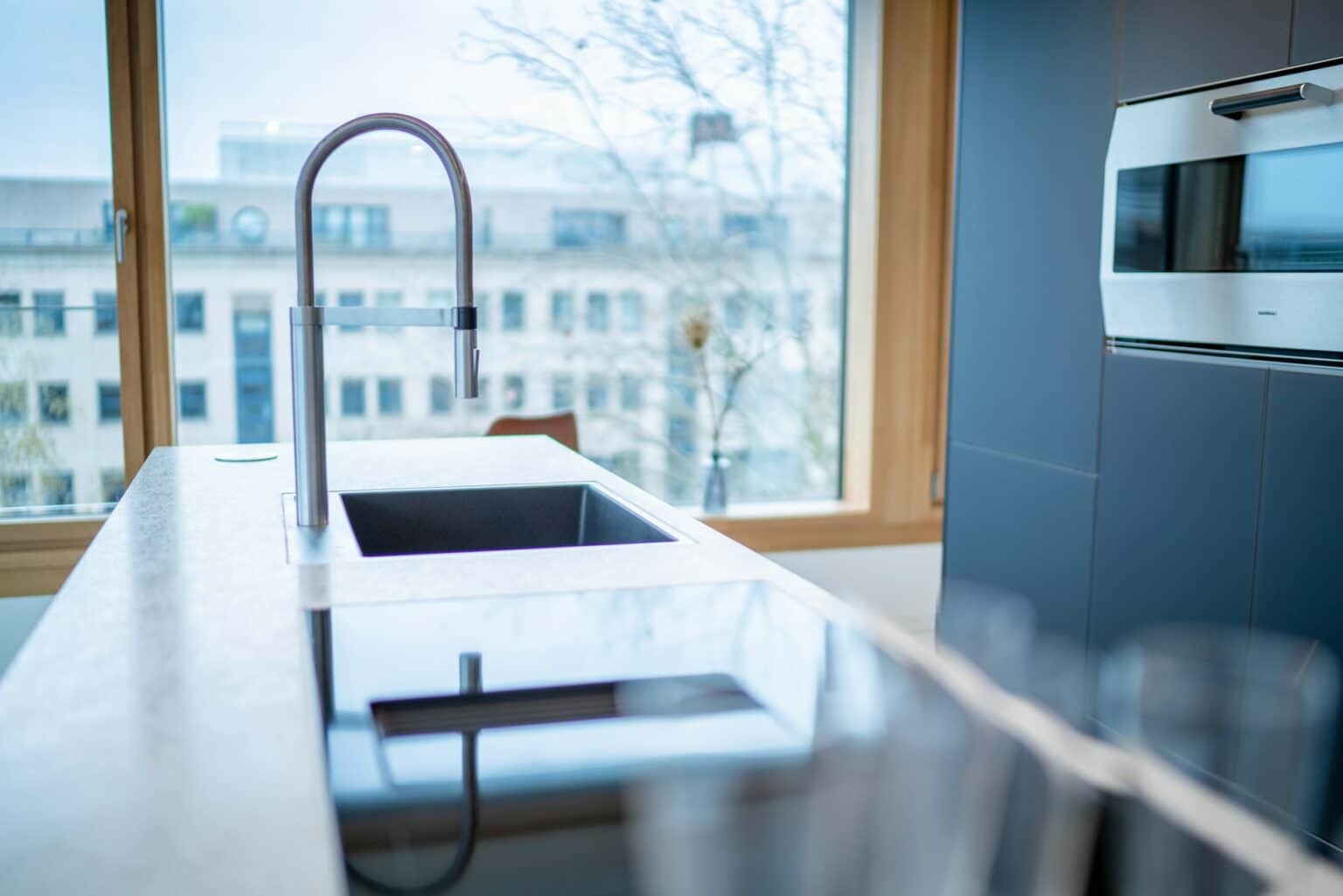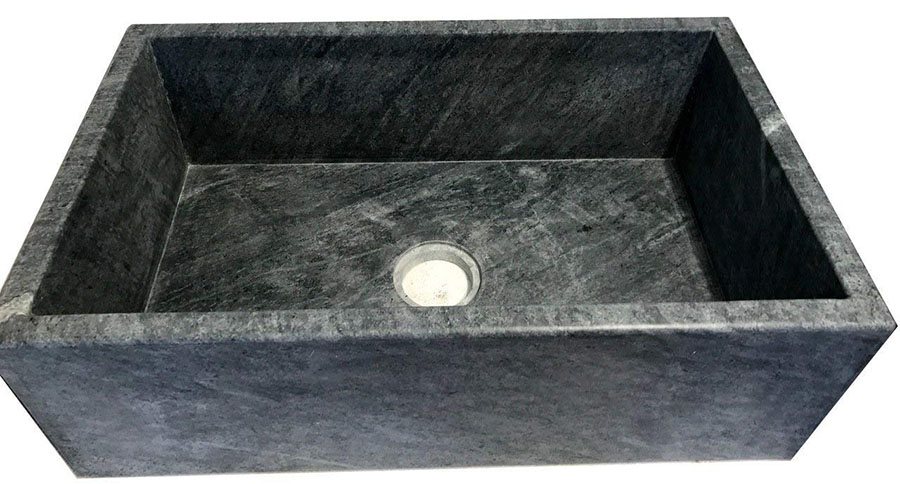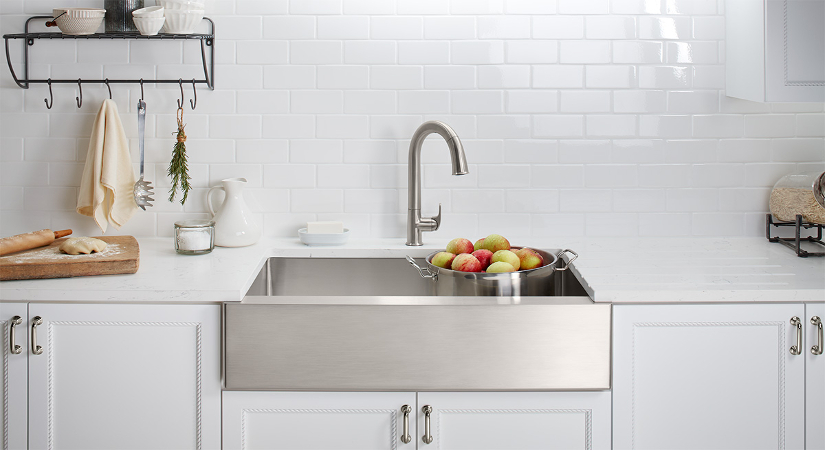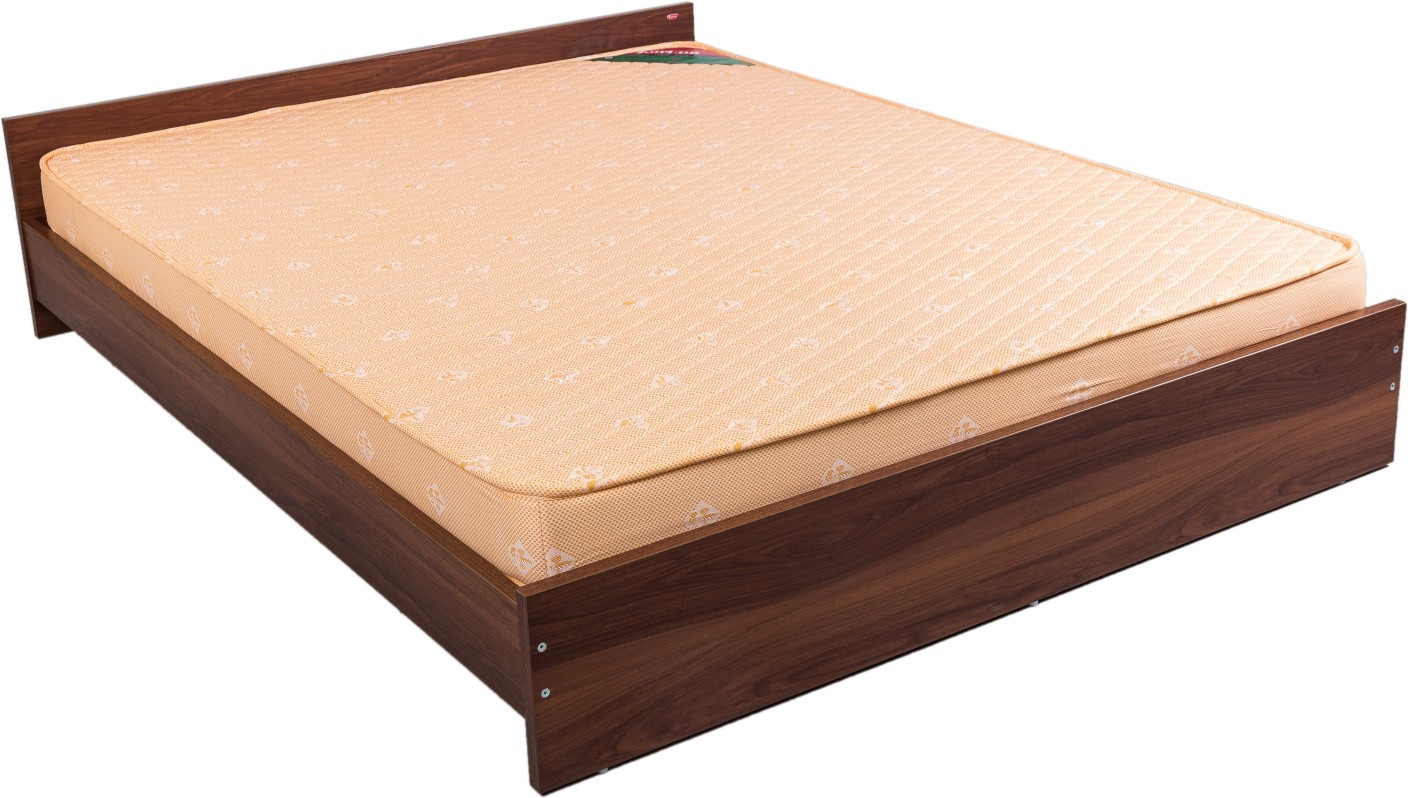How to Increase Water Pressure in Your Kitchen Sink
Having low water pressure in your kitchen sink can be frustrating and can make simple tasks like washing dishes or filling up a pot take much longer than they should. Luckily, there are several ways to increase the water pressure in your kitchen sink and make your daily routine a little easier.
If you're experiencing low water pressure, try these tips to boost the water pressure in your kitchen sink:
1. Check the Aerator
The aerator is the small mesh screen at the end of your faucet. Over time, it can become clogged with mineral deposits and debris, which can restrict the flow of water. Unscrew the aerator and clean it out with a brush or soak it in vinegar to remove any buildup.
2. Replace the Faucet
If your faucet is old and worn out, it may be time to replace it. Look for a faucet with a higher flow rate, which will help increase the water pressure in your sink. You can also opt for a faucet with a spray head, which can provide a stronger stream of water.
3. Install a Water Pressure Booster
A water pressure booster can be installed on your main water line to increase the overall water pressure in your home. This can be a more expensive option, but it can make a significant difference in your kitchen sink's water pressure.
4. Check the Shut-Off Valve
The shut-off valve controls the water flow to your house. It's usually located near the main water line. Make sure the valve is fully open to allow maximum water flow to your kitchen sink.
5. Clear Clogs in Pipes
Clogged pipes can also contribute to low water pressure. If you suspect a clog, try using a plunger or a drain snake to clear it out. If the clog is more severe, you may need to call a plumber.
How to Fix Low Water Pressure in Your Kitchen Sink
If you're dealing with low water pressure in your kitchen sink, there are a few things you can do to fix the problem. Here are some simple solutions to try:
1. Clean the Pipes
Over time, mineral deposits and debris can build up in your pipes, causing blockages and reducing water pressure. You can clean out your pipes by running hot water with a mixture of baking soda and vinegar through them. This can help break down any buildup and improve water flow.
2. Replace Old Pipes
If your pipes are old and corroded, they may need to be replaced. This can be a more expensive option, but it can significantly increase your water pressure and improve the overall function of your plumbing system.
3. Check the Water Pressure Regulator
Your water pressure regulator is responsible for controlling the water pressure in your home. If it's not functioning correctly, it can lead to low water pressure. You can check the pressure regulator and adjust it if needed or call a plumber for assistance.
4. Install a Water Softener
If you have hard water, minerals in the water can build up and cause clogs in your pipes. Installing a water softener can help remove these minerals and improve water flow.
5. Call a Professional
If you've tried these solutions and are still experiencing low water pressure, it may be time to call a professional plumber. They can assess the problem and provide a more permanent solution.
Best Kitchen Sink Faucets for High Water Pressure
When looking for a new kitchen sink faucet, it's essential to consider the water pressure in your home. Here are some of the best kitchen sink faucets for high water pressure:
1. Single-Handle Pull-Down Faucet
This type of faucet has a high flow rate and a spray head that can easily switch between a steady stream and a more powerful spray. It's perfect for those with high water pressure.
2. Commercial-Style Faucet
These faucets are designed for heavy-duty use and have a higher flow rate than traditional faucets. They also have a flexible hose and spray head for added convenience.
3. High-Arch Faucet
This style of faucet has a tall, curved spout that allows for more room to fill up larger pots and pans. They also tend to have a higher flow rate, making them ideal for high water pressure.
4. Touchless Faucet
Touchless faucets use sensors to turn on and off, making them convenient and hygienic. They also tend to have a higher flow rate, making them a great option for those with high water pressure.
5. Wall-Mounted Faucet
Wall-mounted faucets are a great choice for high water pressure as they have a higher flow rate and can be installed closer to the sink, allowing for better water flow.
How to Adjust the Water Pressure on Your Kitchen Sink
If you have high water pressure in your kitchen sink, you may need to adjust it to avoid splashing or wasting water. Here's how to adjust the water pressure on your kitchen sink:
1. Locate the Shut-Off Valve
The shut-off valve controls the water flow to your kitchen sink. You can adjust the water pressure by turning the valve clockwise to decrease the pressure or counterclockwise to increase it.
2. Install a Pressure Regulator
If your water pressure is consistently too high, it may be beneficial to install a pressure regulator. This can help maintain a steady water pressure and prevent any potential damage to your plumbing system.
3. Check for Leaks
If you notice a sudden change in water pressure, it could be due to a leak in your plumbing system. Check for any visible leaks or call a plumber to help locate and fix the problem.
Common Causes of Low Water Pressure in Kitchen Sinks
Low water pressure can be caused by a variety of factors. Here are some of the most common causes of low water pressure in kitchen sinks:
1. Mineral Buildup
Minerals in hard water can build up in pipes and fixtures over time, leading to clogs and reduced water pressure.
2. Corroded Pipes
Old or corroded pipes can also contribute to low water pressure. Over time, pipes can become damaged and restrict the flow of water.
3. Faulty Pressure Regulator
If your pressure regulator is not functioning correctly, it can affect the water pressure in your kitchen sink. This can be caused by wear and tear or a faulty installation.
4. Clogged Aerator
The aerator in your faucet can become clogged with mineral deposits and debris, reducing the flow of water.
5. Water Leaks
Leaks in your plumbing system can also lead to low water pressure. If you suspect a leak, it's important to address it as soon as possible to avoid further damage.
How to Install a Pressure Regulator for Your Kitchen Sink
If you're experiencing high water pressure in your kitchen sink, installing a pressure regulator can help maintain a steady flow of water. Here's how to install a pressure regulator:
1. Turn Off the Water Supply
Before installing a pressure regulator, make sure to turn off the water supply to your home.
2. Locate the Pressure Regulator
The pressure regulator is typically located near the main water line. It may be attached to the wall or the main shut-off valve.
3. Install the Pressure Regulator
Follow the manufacturer's instructions to install the pressure regulator. You may need to call a professional plumber to help with the installation.
4. Turn the Water Supply Back On
Once the pressure regulator is installed, turn the water supply back on and check the water pressure in your kitchen sink.
Top Kitchen Sink Brands for High Water Pressure
If you're in the market for a new kitchen sink, it's essential to choose a brand that can handle high water pressure. Here are some of the top kitchen sink brands for high water pressure:
1. Kohler
Kohler is a well-known brand that offers a variety of kitchen sinks with high flow rates and durable materials.
2. Moen
Moen is another popular brand known for its high-quality kitchen sinks with strong water pressure and sleek designs.
3. Delta
Delta offers a wide range of kitchen sink options with powerful water pressure and advanced technology for a seamless user experience.
4. Kraus
Kraus is a top choice for those looking for a kitchen sink with high water pressure and modern designs. They also offer a variety of materials, including stainless steel and granite composite.
5. Blanco
Blanco is a premium brand that offers high-end kitchen sinks with exceptional water pressure and durable materials.
How to Troubleshoot Low Water Pressure in Your Kitchen Sink
If you're experiencing low water pressure in your kitchen sink, here are some troubleshooting tips to help you identify and fix the problem:
1. Check Other Faucets
If you're only experiencing low water pressure in your kitchen sink, it's likely an issue with the faucet itself. However, if you notice low pressure in other faucets as well, it may be a problem with your main water line.
2. Clean the Aerator
As mentioned earlier, a clogged aerator can contribute to low water pressure. Make sure to clean it out regularly to prevent any buildup.
3. Clear Clogs in Pipes
If you suspect a clog in your pipes, try using a plunger or drain snake to clear it out. If the clog is more severe, you may need to call a professional plumber.
4. Check the Shut-Off Valve
Make sure the shut-off valve is fully open to allow maximum water flow to your kitchen sink.
5. Call a Professional
If you've tried these troubleshooting tips and are still experiencing low water pressure, it may be time to call a professional plumber. They can help identify and fix the underlying issue causing the low water pressure.
How to Increase Bar Pressure in Your Kitchen Sink
The bar pressure in your kitchen sink refers to the amount of force that the water flows out of the faucet. If you're looking to increase the bar pressure in your kitchen sink, here are some tips to try:
1. Install a Pressure Booster
A pressure booster can be installed on your main water line to increase the overall water pressure in your home, including your kitchen sink.
2. Check for Leaks
Leaks in your plumbing system can lead to a decrease in bar pressure. Make sure to check for any leaks and address them promptly.
3. Clean the Aerator
As mentioned earlier, a clogged aerator can restrict water flow and decrease the bar pressure. Make sure to clean it out regularly.
4. Install a New Faucet
If your faucet is old and worn out, it may be time to replace it with a new one that has a higher flow rate and can provide stronger water pressure.
5. Check the Water Pressure Regulator
If your water pressure regulator is not functioning correctly, it can affect the bar pressure in your kitchen sink. Make sure to check it and adjust it if needed.
Best Kitchen Sink Materials for High Water Pressure
The material of your kitchen sink can also play a role in the water pressure. Here are some of the best materials for high water pressure:
1. Stainless Steel
Stainless steel is a popular choice for kitchen sinks as it is durable and can withstand high water pressure without denting or warping.
2. Granite Composite
Granite composite sinks are made with a mix of granite and resin, making them highly durable and resistant to high water pressure.
3. Fireclay
Fireclay sinks are made with a ceramic material that is fired at high temperatures, making it resistant to scratches and high water pressure.
4. Cast Iron
Cast iron sinks are coated with enamel, making them highly durable and able to withstand high water pressure without chipping or cracking.
5. Copper
The Importance of Proper Kitchen Sink Bar Pressure for Your Home

What is Kitchen Sink Bar Pressure?
 Kitchen sink bar pressure refers to the level of water pressure in your kitchen sink faucet. This pressure is measured in bars, with one bar being equivalent to the pressure of the Earth's atmosphere at sea level. The ideal kitchen sink bar pressure is between 1 and 3 bars, providing enough force to efficiently clean dishes and fill pots, without creating a splashing mess.
Kitchen sink bar pressure refers to the level of water pressure in your kitchen sink faucet. This pressure is measured in bars, with one bar being equivalent to the pressure of the Earth's atmosphere at sea level. The ideal kitchen sink bar pressure is between 1 and 3 bars, providing enough force to efficiently clean dishes and fill pots, without creating a splashing mess.
The Effects of Low Bar Pressure
 Having low kitchen sink bar pressure can be a major inconvenience in your daily routine. Not only does it take longer to fill up a pot or wash dishes, but it can also affect the efficiency of your dishwasher and other appliances. Low bar pressure can also result in lower water flow, making it difficult to rinse off soap and leaving behind residue on your dishes.
Having low kitchen sink bar pressure can be a major inconvenience in your daily routine. Not only does it take longer to fill up a pot or wash dishes, but it can also affect the efficiency of your dishwasher and other appliances. Low bar pressure can also result in lower water flow, making it difficult to rinse off soap and leaving behind residue on your dishes.
The Dangers of High Bar Pressure
 On the other hand, having high kitchen sink bar pressure can also cause problems. It can create a splashing mess, leading to water damage on your countertops and floors. High bar pressure can also put strain on your pipes and fixtures, causing them to wear out and potentially leading to leaks. It can also cause damage to your appliances, such as your dishwasher or garbage disposal.
On the other hand, having high kitchen sink bar pressure can also cause problems. It can create a splashing mess, leading to water damage on your countertops and floors. High bar pressure can also put strain on your pipes and fixtures, causing them to wear out and potentially leading to leaks. It can also cause damage to your appliances, such as your dishwasher or garbage disposal.
How to Determine the Ideal Bar Pressure for Your Home
 The ideal kitchen sink bar pressure for your home depends on several factors, such as the height of your water tank, the distance from your tank to the faucet, and the size of your pipes. It is important to consult with a professional plumber to determine the optimal bar pressure for your specific home. They can also help you adjust the pressure if necessary.
The ideal kitchen sink bar pressure for your home depends on several factors, such as the height of your water tank, the distance from your tank to the faucet, and the size of your pipes. It is important to consult with a professional plumber to determine the optimal bar pressure for your specific home. They can also help you adjust the pressure if necessary.
Ensuring Proper Bar Pressure for Your Home
 To ensure that your home has the proper kitchen sink bar pressure, it is important to regularly maintain your plumbing system. This includes checking for leaks, cleaning out any clogs, and adjusting the pressure if needed. It is also important to invest in high-quality plumbing fixtures and appliances that can withstand the pressure and provide a consistent flow of water.
In conclusion, proper kitchen sink bar pressure is essential for the functionality and efficiency of your home. It not only affects your daily tasks but also the longevity of your plumbing system and appliances. By understanding the importance of bar pressure and taking proper measures to maintain it, you can ensure a smooth and hassle-free experience in your kitchen.
To ensure that your home has the proper kitchen sink bar pressure, it is important to regularly maintain your plumbing system. This includes checking for leaks, cleaning out any clogs, and adjusting the pressure if needed. It is also important to invest in high-quality plumbing fixtures and appliances that can withstand the pressure and provide a consistent flow of water.
In conclusion, proper kitchen sink bar pressure is essential for the functionality and efficiency of your home. It not only affects your daily tasks but also the longevity of your plumbing system and appliances. By understanding the importance of bar pressure and taking proper measures to maintain it, you can ensure a smooth and hassle-free experience in your kitchen.

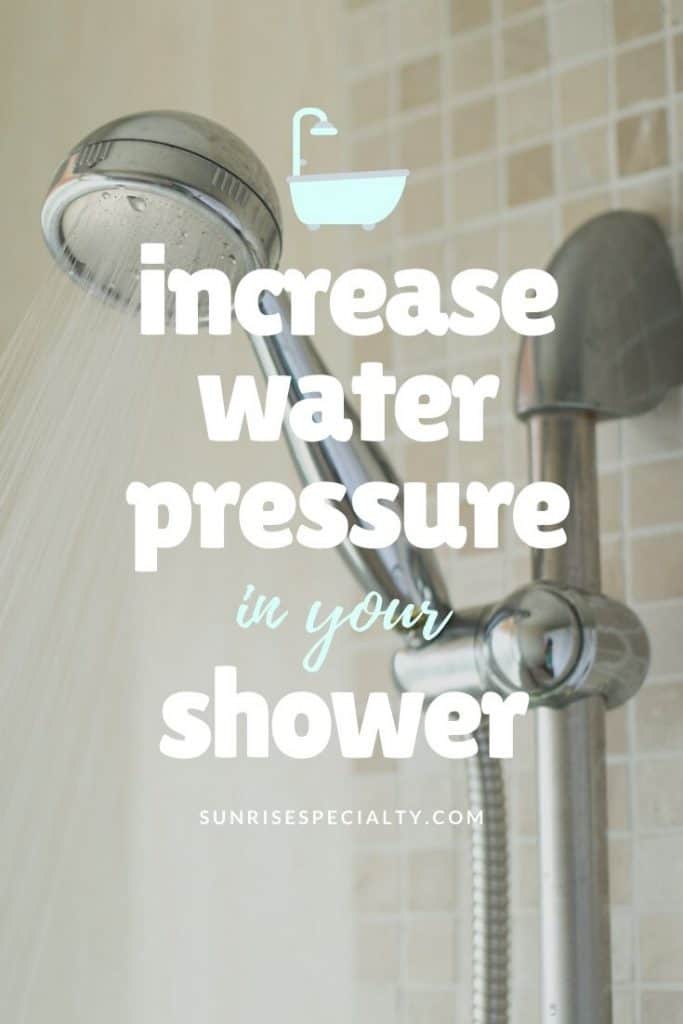






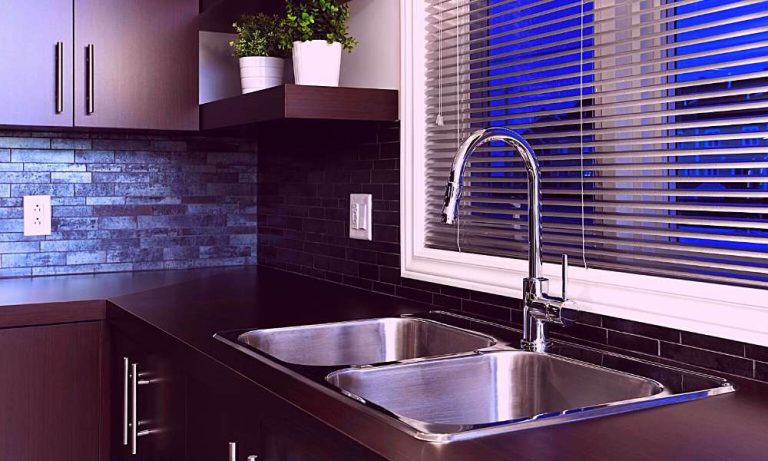








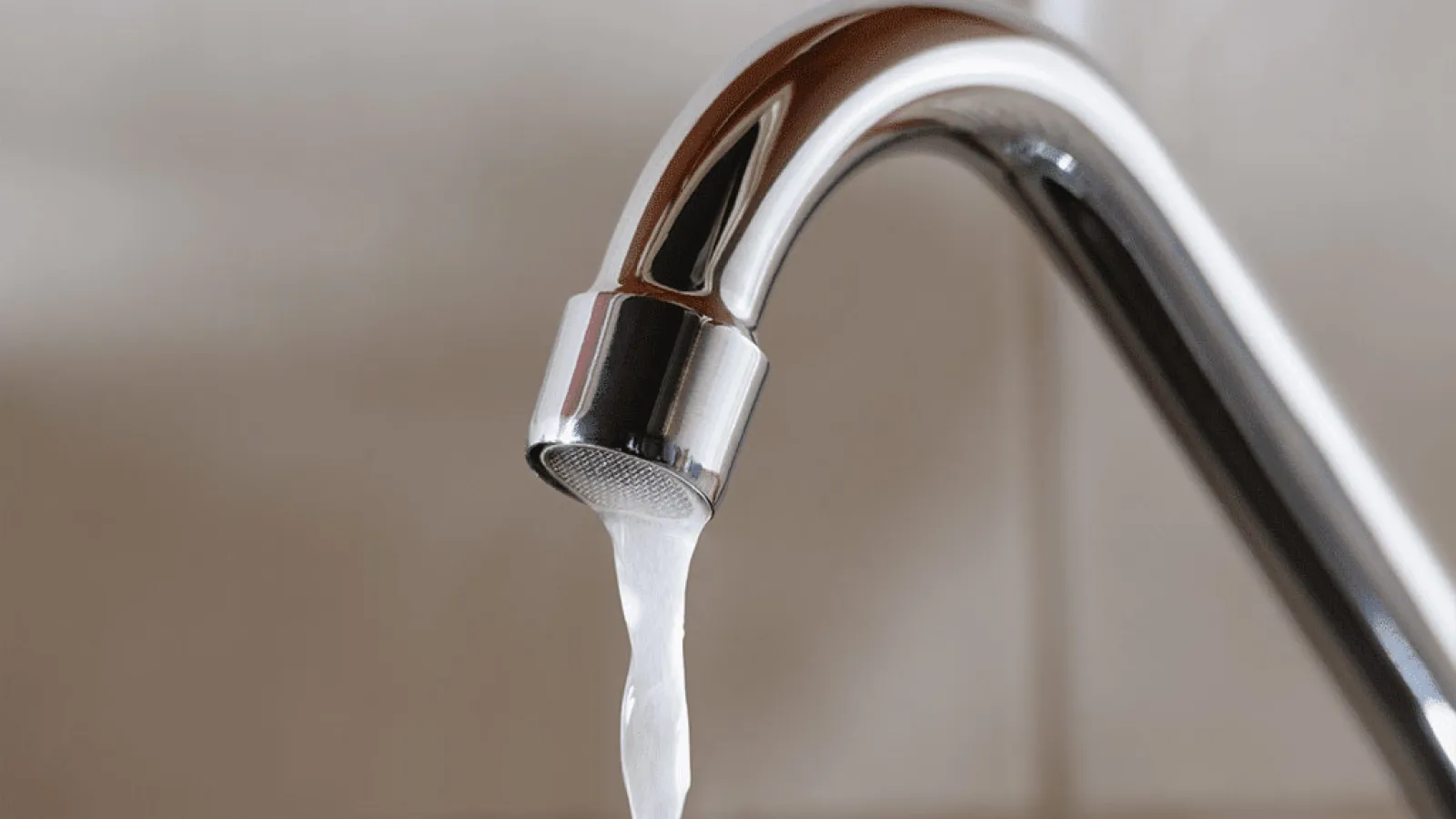




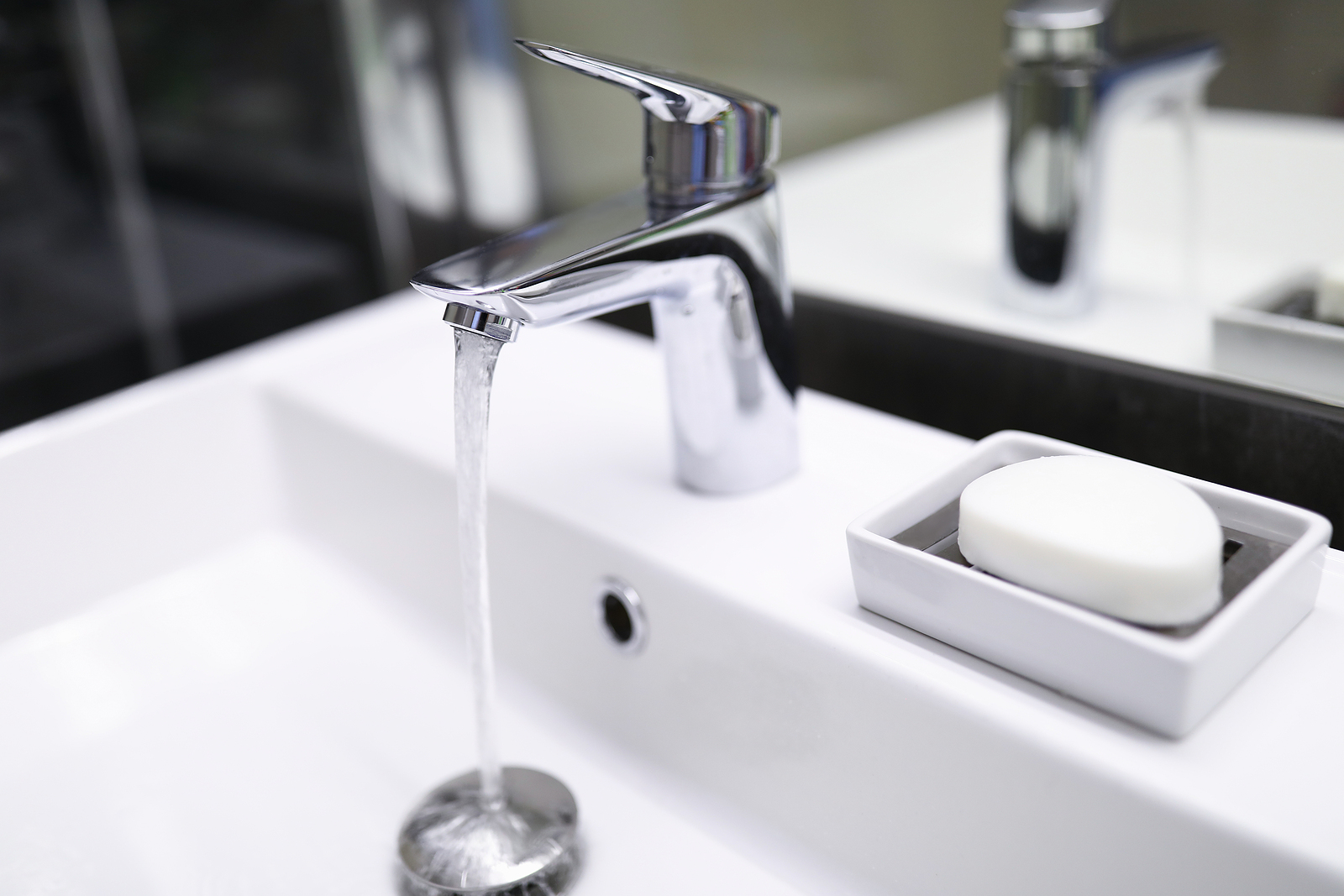






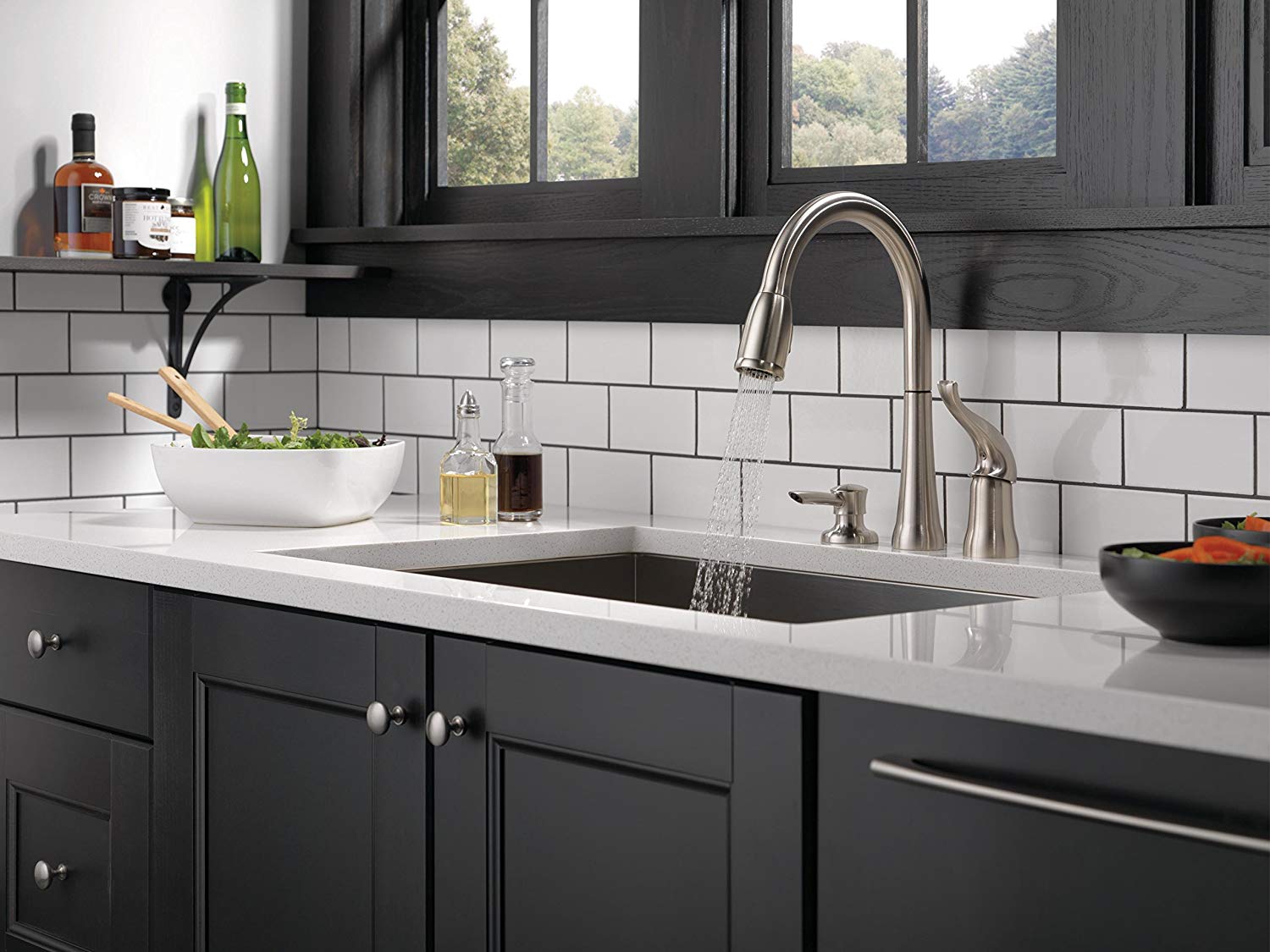

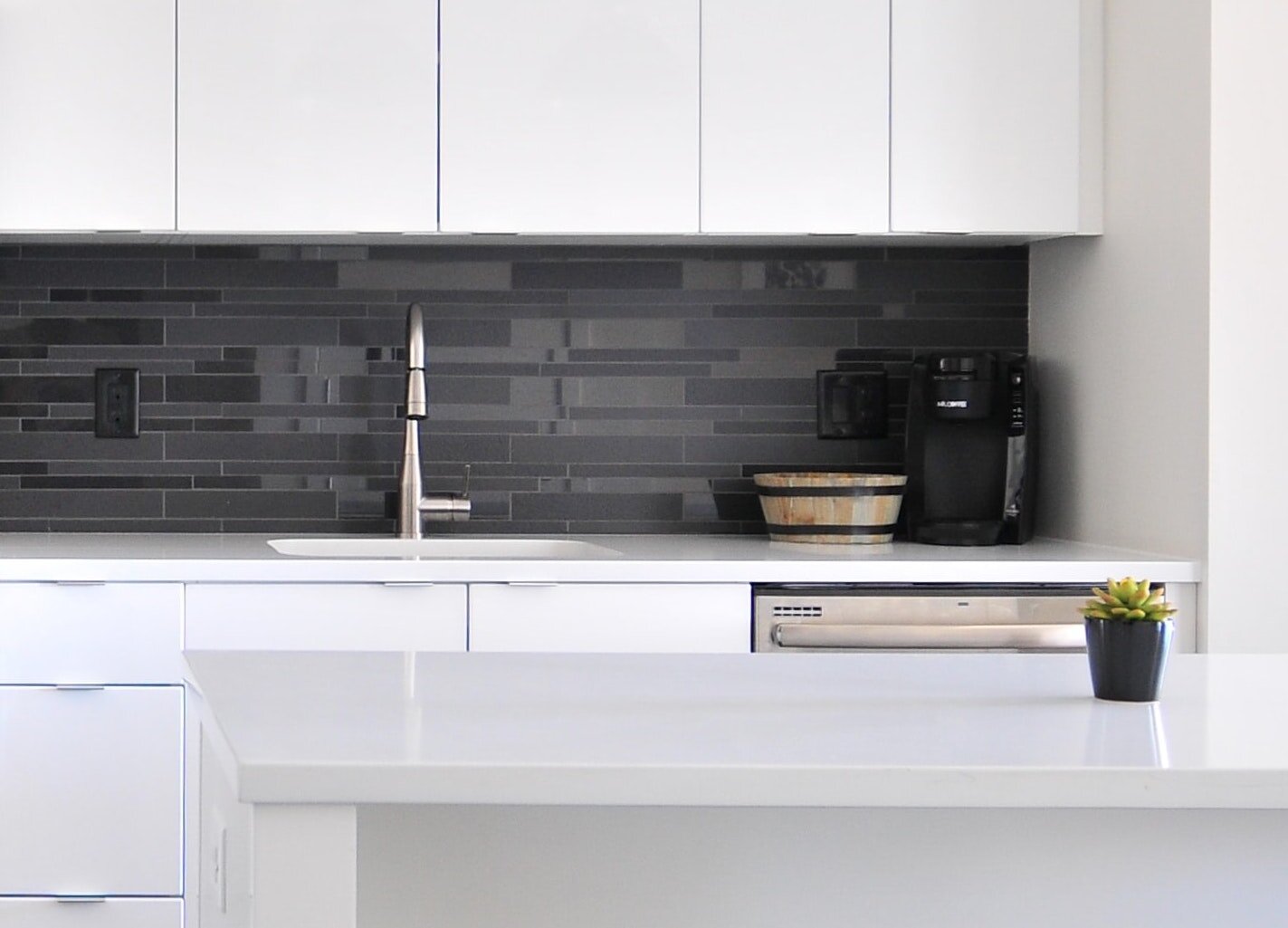
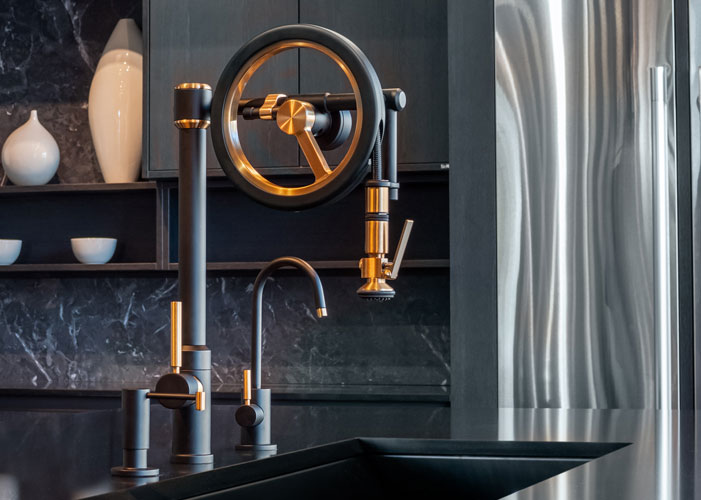










_.jpg)


